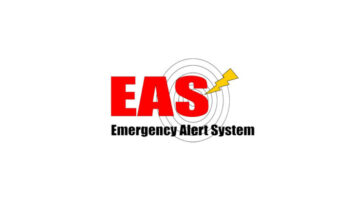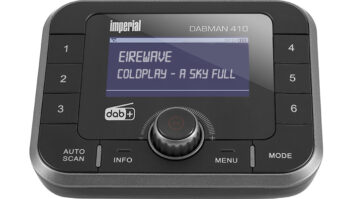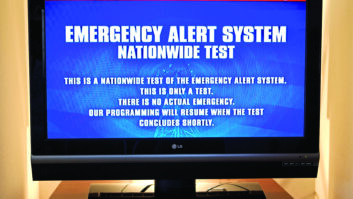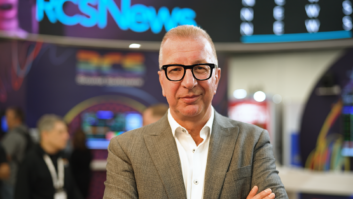EVANSVILLE, Ind. — For many years radio stations simply used an EAS box to put out EAS messaging. A severe weather warning or test message would come in, the box would take control of the broadcast and play out the message, and then the station would resume its regular broadcast.
The alert or test often cut off songs or cut into commercials, and the result was, at best, a clunky broadcast that might disrupt the listener experience. At worst, however, this abrupt interruption of spot blocks and paid messages could be alarming, even when the EAS message itself was not.
Now the integration of that EAS box — the DASDEC from Digital Alert Systems — with RCS NexGen Digital radio automation software is allowing stations such as ours to maintain broadcasts with a much more natural flow, even when there is a need to play out EAS messages.
Timely intervention
We have deployed DASDEC systems with Digital Alert Systems’ MultiStation-2 and MultiStation-5 software in Evansville, Ind., and MultiStation-2 in Owensboro, Ky., to facilitate multiple station operation and redundancy in each market. These software systems respectively enable one DASDEC unit to provide complete EAS coverage for our collocated stations.

The RCS-DAS interface we’ve implemented communicates EAS information between the NexGen Digital automation and the appropriate DASDEC box over our IP network using Digital Alert Systems’ EAS-Net communications protocol. When the DASDEC receives an EAS alert, it passes that information to the RCS system, which in turn examines the active playlist, finds the next logical break and seamlessly inserts the EAS event audio between preexisting elements.
The listener hears a playlist item come to its natural end, hears the alert and then hears either resumption of programming or, when necessary, a weather or news report providing more detail about the alert. Additionally, each station has its own Net-Alert Interface so only alerts designated for that station are sent to its NexGen computer.
When the DASDEC system receives an alert for insertion into the broadcast, it triggers a mode in RCS so that in addition to dropping an audio file into the playlist, it also gives our jocks a visual cue that there will be an EAS alert. Because this cue includes the alert text, they know right away if it is a test or if, for example, it’s a storm warning for particular counties. Our jocks quickly get all the information they need to decide when and how to play out the alert.
In the case of a tornado, they would go ahead and play the alert immediately, following up with further information. If it’s a test, they likely would just air it going into or out of a spot block.
After NexGen has played the alert it sends a message back to the DASDEC that the alert has played. If for some reason NexGen does not play the alert, the DASDEC will interrupt the air chain and forward the alert.
Before we implemented this system across our seven radio stations in Southern Indiana and Northern Kentucky, it was nearly impossible for our afternoon jocks to maintain an engaging dialog when severe weather came through the area. Now the combination of our DASDEC box and RCS software gives our jocks better and easier control over when and how alerts play. As a result, our stations can provide programming that listeners want to hear, as well as the community service of timely emergency alerts without being a nuisance.
While better control over alert playout is a benefit to all our stations, it has been particularly valuable to our two Local Primary stations, WBKR(FM) and WKDQ(FM). As designated local primaries, we must carry more EAS alerts on these stations, often as many as six to eight per hour when the weather is bad. With the DASDEC interface our jocks can work those alerts into our programming easily, making for a better listener experience.
I’ve been waiting for the integration of our EAS system with our automation software for a long time, and the solution offered by DAS is the first that really works.
For information, contact Bill Robertson at Digital Alert Systems in New York at (585) 765-1155 ext. 121 or visit www.digitalalertsystems.com.





